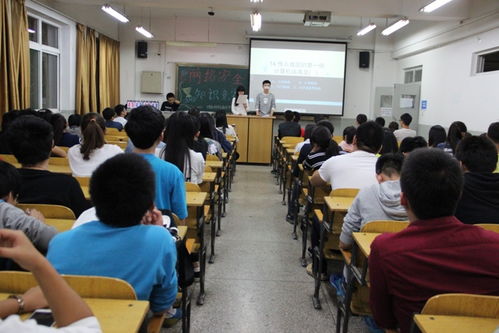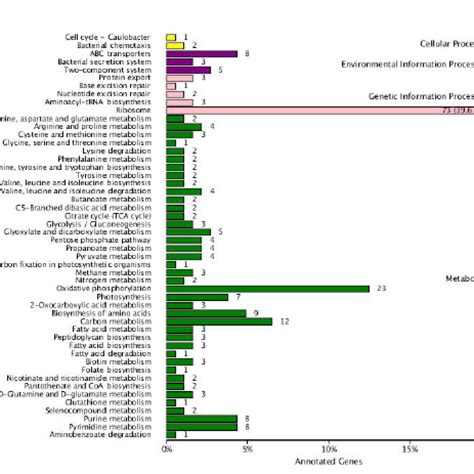电子科技大学信息安全专业排名
Title: Exploring Information Security at the University of Electronic Science and Technology
Information security is a critical aspect of modern society, particularly in the realm of academia where research, intellectual property, and personal data must be safeguarded against cyber threats. The University of Electronic Science and Technology (UESTC), renowned for its expertise in electronics and information technology, places significant emphasis on information security within its academic and operational frameworks. Let's delve into how UESTC addresses information security across various dimensions:
Academic Programs and Research:
1.
Curriculum Integration:
UESTC integrates information security concepts into its academic programs, including undergraduate and postgraduate courses in computer science, cybersecurity, cryptography, and network security. These programs provide students with a comprehensive understanding of security principles, techniques, and technologies.2.
Research Initiatives:
The university fosters cuttingedge research in information security through dedicated research centers and laboratories. Faculty members and students engage in research projects focusing on cryptography, data protection, malware analysis, secure communication protocols, and more. These endeavors contribute to the advancement of knowledge in cybersecurity and its practical applications.Institutional Framework:

1.
Security Policies and Compliance:
UESTC has established robust security policies and procedures to govern the handling of sensitive information, access controls, incident response, and compliance with relevant regulations. These policies ensure a consistent approach to information security across the university's departments and campuses.2.
Security Awareness and Training:
The university conducts regular security awareness programs and training sessions to educate faculty, staff, and students about cybersecurity best practices, threat mitigation strategies, and their roles in safeguarding information assets. These initiatives promote a culture of security consciousness within the university community.Infrastructure and Technology:
1.
Network Security:
UESTC employs advanced network security measures to protect its IT infrastructure from unauthorized access, data breaches, and other cyber threats. This includes firewalls, intrusion detection/prevention systems, encryption protocols, and network segmentation to isolate sensitive data and critical systems.2.
Data Protection:
The university implements robust data protection mechanisms, including encryption, access controls, data loss prevention (DLP) solutions, and regular data backups. These measures help mitigate the risk of data theft, leakage, or corruption, ensuring the confidentiality, integrity, and availability of institutional data.Collaborative Initiatives:
1.
Industry Partnerships:
UESTC collaborates with industry partners, government agencies, and international organizations to exchange knowledge, resources, and expertise in the field of information security. These partnerships facilitate joint research projects, technology transfer, and internship opportunities for students, fostering innovation and industry relevance.2.
Community Engagement:
The university actively engages with the broader cybersecurity community through conferences, workshops, and outreach programs. By hosting events and participating in knowledgesharing initiatives, UESTC contributes to the collective effort to address emerging security challenges and promote a safer digital ecosystem.In conclusion, the University of Electronic Science and Technology demonstrates a proactive approach to information security through its academic programs, institutional framework, technological infrastructure, and collaborative endeavors. By prioritizing cybersecurity education, research, and practical implementation, UESTC plays a vital role in shaping the future of information security both regionally and globally.











